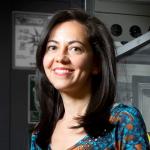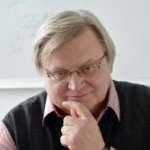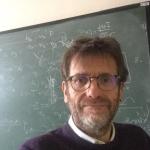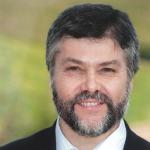Plenary Speakers
EOSAM includes several high-level speakers from various fields of optics.
These plenary speakers will present their research to the whole audience at EOSAM.
Watch all Plenary talks here: https://app.livestorm.co/european-optical-society
Hatice Altug
Institute of Bioengineering, Ecole Polytechnique Federale de Lausanne, Lausanne, Switzerland
Hatice Altug is professor of Bioengineering Department at Ecole Polytechnique Federale de Lausanne (EPFL), Switzerland. She is also director of the EPFL Doctoral School in Photonics. She received her Ph.D. in Applied Physics from Stanford University. Prof. Altug’s research is focused in the field of nanophotonics and its application to biosensing. Her laboratory is introducing next generation sensors, spectroscopy and imaging technologies for label-free, real-time and high-throughput analysis of biological samples for disease diagnostics, bioanalytics and life sciences.
Prof. Altug is the recipient of 2012 Optical Society of America Adolph Lomb Medal and U.S. Presidential Early Career Award for Scientists and Engineers in 2011, and received many prestigious young investigator grants including an ERC Consolidator Grant, U.S. Office of Naval Research Young Investigator Award, U.S. NSF CAREER Award)
New Frontiers in NanoPhotonics: Next-Generation BioSensors
Nanophotonics, which excels at generating enhanced light matter interactions and sub-wavelength light confinement, enables us to manipulate light in ways that are not possible to achieve with diffraction limited optics and natural materials. These unique aspects are leading to numerous disruptive technologies including in sensing, imaging and spectroscopy. In this talk I will present how we employ nanophotonics to introduce powerful biosensor systems that can have impact on a wide range of areas including basic research in life sciences, early disease diagnostics, safety and point-of-care technologies.
Email: hatice.altug@epfl.ch
Web-page: https://bios.epfl.ch/ Twitter: @EPFL_altug_lab




